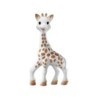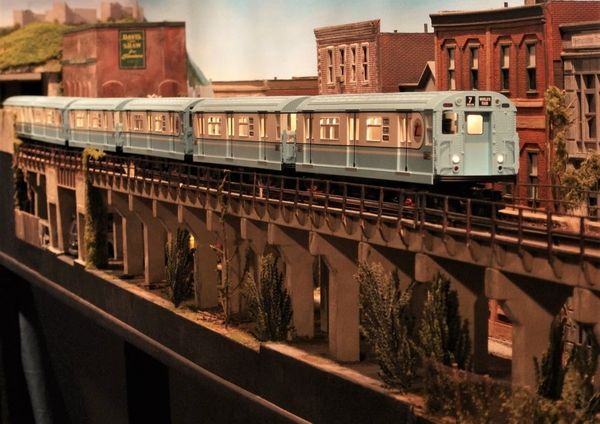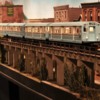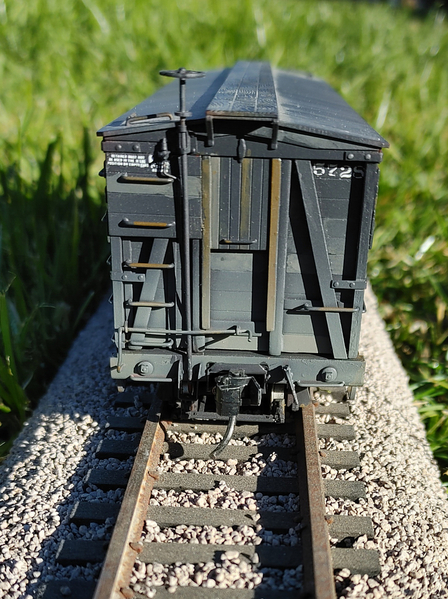The whole history of the 3 rail train hobby is one of "muddy waters" as far as terminology goes. Lionel trains have, for most of their history, been toy trains, with the (what we now call) the traditional line up(O gauge and 027) being the backbone of the hobby. Sure, you had products like the NW2 and the GP9 that had body shells that were pretty close to scale proportions, but lacking the body details many are now accustomed to. And then there's the more basic chassis frame on those older models.
If you go to YouTube, you can find videos of layouts that feature "traditional" trains, where folks label them as "0 Scale." And then there are videos of layouts where the trains are the newer scale types, which get labeled as "0 gauge."
And then consider the name "Lionel." It's a company, but it's also such an iconic name, that it has come to mean the entire 3-rail hobby. We in the hobby know all about MTH, Weaver, RMT, Atlas, 3rd Rail, K-Line and all the other companies that have come and gone. But to most people, it's all Lionel.
Then there's the term "hi-rail" which has been around for decades. By my understanding, that term was something of a derision in reference to the height of the 3-rail track on a layout, that in every other aspect strives for realism, albeit with toy trains. Over the years there have been some amazing hi-rail layouts that featured tubular track and strictly 027 types of trains. Frank53's layout comes to mind, as does another member here, gandydancer1950. So the term "hi-rail" is certainly NOT exclusive to true scale proportioned trains only. I think where the "hi-rail" term got high jacked is when Weaver was labeling their trains as such to indicate the difference between 2-rail true 0 scale and 3-rail wheel sets with lobster claw couplers.
Or how about the iconic Plasticville buildings: A cross between 0 and S scales. A brilliant idea for sure, to increase market share and sales. And as with Menards, buildings with smaller footprints, means more people with smaller sized layouts, can purchase them. But the waters get muddy again when you're striving for precise scale realism on your layout. I won't even mention the block signals, crossing gates, the operating gateman or newsstand, which are all Lionel and all marketed for 0 gauge trains and yet even by the most forgiving liberal of standards, are hardly 0 scale.
Again, if you look on YouTube, you can also find layouts that feature nothing but recent production, high end scale trains on a layout that is hardly hi-rail at all, but much more of a postwar traditional layout. Instead of a green painted board, it's green felt or indoor/outdoor carpeting. And instead of tubular track, it's FasTrack.
Jerry Calabrese once said, when he was CEO at Lionel, that the company could ill-afford to ignore any one segment of this overall fragmented 3-rail market. And that probably still holds very true. To this time, it is the traditional line of starter sets that pays the bills and keeps Lionel in business. Lionel could drop the high end scale line and it would hurt them, but not put them out of business. But the company couldn't survive without the starter set product line up. That might in part, have something to do with MTH's money difficulties, since they never had the market share of starter set sales the way Lionel always has.
The truth is, there is NO one right or wrong way to participate in, and enjoy the hobby. It's all the terminology that makes it confusing sometimes. And despite the impressions one could get from looking at current train catalogs, the "traditional" side of the is hardly dead. Those trains were produced in huge production runs. There was one single year alone, where Lionel made over 182,000 operating 027 milk cars. Then in the late 1980's through the 1990's I think people were overbuying trains, in speculation that the trains could only increase in value. This of course, leads to a skewed impression that the hobby market was bigger than it really was.
The overall market is undoubtedly shrinking. And it is more diverse than ever. All the 3-rail train companies have stated today the emphasis is on variety and not quantity of production runs. Which by the way, has a lot to do with increasing prices: Smaller production runs equals less opportunity to spread out tooling costs. The smaller marketplace and the increasing diversity of interests within that marketplace certainly also have an effect. We've been spoiled by the product offerings over the past couple decades, which I think is going to change.
At one time, you could say "Lionel Trains" and it meant one thing: Toy trains. Now, you have to be a little more specific as to what you are looking for. To some, "Lionel Trains" means scale proportions and Legacy. For others, it still means as it always has. To some, a Lionel box car will forever be the iconic 6464 proportioned box car. For others, the thought of that will make them cringe. And yet they're all box cars and they're all Lionel. Even the "Scout" boxcars are still boxcars and still Lionel. So when you see Lionel boxcars for sale, you need to see some photos and/or read the fine print today.
Like I said, there's no one way to enjoy the hobby. It's all a matter of preference. But the terminology (and diversity of products) can be confusing sometimes, especially for new comers to the hobby.
'
![]()









